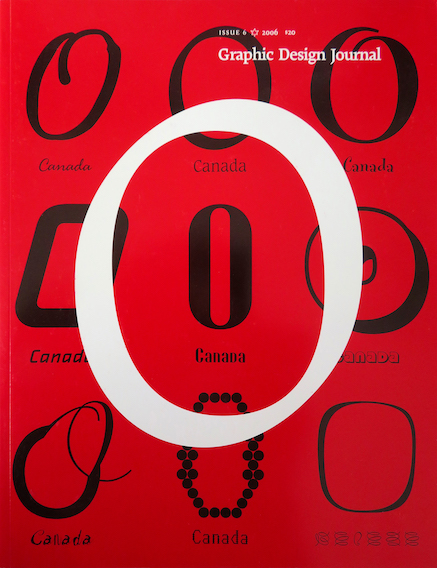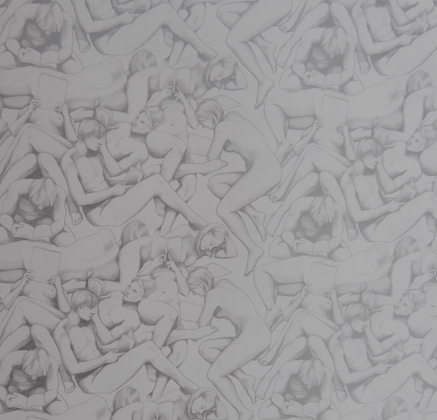Sir Edmund Hillary…

Auckland, New Zealand
Sir Edmund Hillary, the unassuming beekeeper who (together with Sherpa Tensing Norgay) was the first to successfully climb Mount Everest, passed on yesterday. Though he considered himself a simple man (“Adventuring can be for the ordinary person with ordinary qualities, such as I regard myself,” he stated in a 1975 interview) he was known for his unbounded enthusiasm for life and adventure, his decades-long campaign to develop schools and health clinics in Nepal, and his role as an ardent conservationist. Revered by Kiwis, Prime Minister Helen Clark had this to say: “Sir Ed described himself as an average New Zealander with modest abilities. In reality, he was a colossus… an heroic figure who not only ‘knocked off’ Everest, but lived a life of determination, humility, and generosity… this legendary mountaineer, adventurer, and philanthropist is the best-known New Zealander ever to have lived.”
Climb on, Sir Edmund…
Hillary and Tensing Norgay summited Mount Everest, the highest point on earth, on 29 May 1953. He remains the only non-political person outside of Britain to have ever been honoured as a member of Britain’s Order of the Garter (bestowed by the Queen on just 24 knights and ladies living worldwide at any time) and was the first foreign national to ever be conferred with honourary citizenship by Nepal. Hillary has also appeared on the New Zealand $5 banknote since 1992—the only living Kiwi to ever do so.















